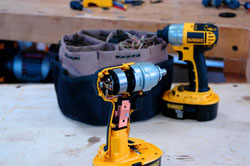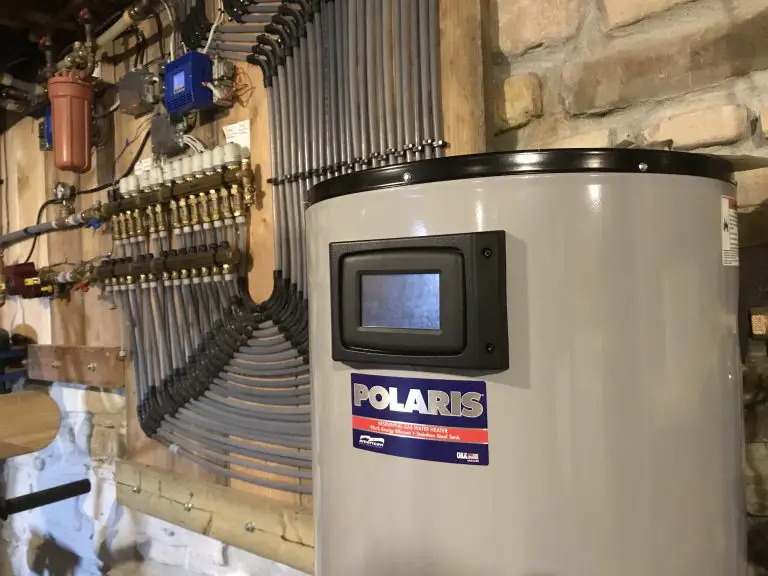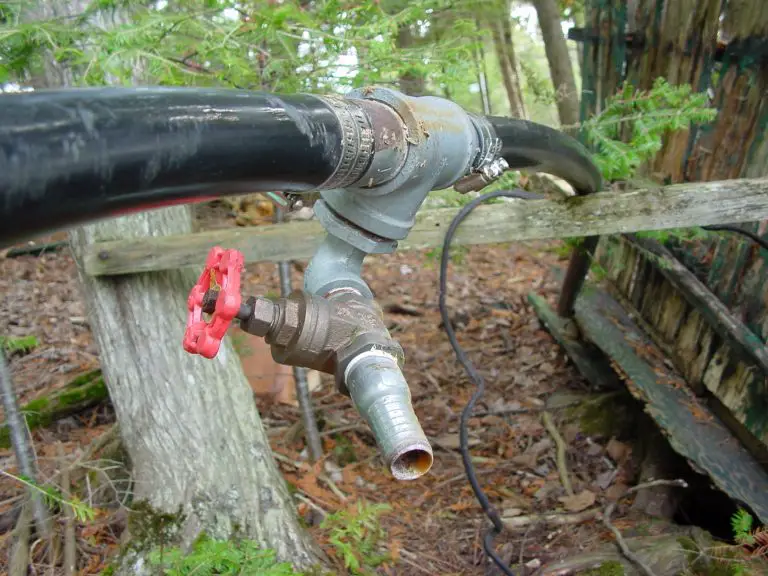- Video Watch Time = 9 3/4 minutes
Waterbased urethane is the most common type of film-forming wood finish these days, but waterbased is not easy to apply correctly. That’s one reason people often have trouble getting good wood finishing results with this stuff.
Click above to watch a detailed video tutorial I made recently on applying waterbased urethane properly.
Video Transcript
In this video, I want to show you a very important technique. And that’s the technique of applying some water based urethane to a piece of wood. You might think, well, what’s there to brushing on something, but it’s actually pretty important. So I’m going to start by explaining what I’m going to do first, just in an overview way, and then I’m going to actually do it. So we’ve got our water based urethane here. I’ve chosen the satin sheen. Sheen levels are something that you can adjust, if you want, later with buffing. I’m going to explain that later on in the course, but might as well start with something close to what we want. I don’t like gloss. Gloss, unless the glossiness has been obtained by buffing, it shows up a lot of imperfections and it doesn’t look very good.
So this is a foam applicator. And this is the brush, so to speak, that is best for applying water based urethane.Because water base dries so quickly, if I were to use a brush, there would be some brush strokes left behind and maybe some bubbles. Not necessarily a whole lot. It varies depending on the brand of urethane you’re using. But generally speaking best practice says to use a foam applicator when you’re using water based urethane.
Start With Bare Wood Surfaces
This is a piece of cherry lumber. This is a high quality furniture wood, but this technique can apply to anything, any kind of wood at all. Later on, I will be applying the urethane to probably the lowest quality wood in the world. And that’s just construction grade lumber. You can put a wonderful finish on construction grade lumber. So it’s a very economical way to build things.
Now, first step, I’ve opened the can here already You always want stir, even when it doesn’t seem like you need to stir, you do. And not much to it, but you want to keep on stirring until the look of the product is homogenous. So we’re not nearly homogenous here. If you are going to be using your urethane shortly after buying it, you can have them put this in the paint shaker. That will introduce some air bubbles to the mix, which is not what you want, but they do come out. You let the can sit for a day or so, and then all the air bubbles will be gone. But that is kind of the, one of the risks with water based urethane is that it does bubble. It can bubble. And because it dries so fast, the bubbles can harden. And that’s not what you want in a wood finish, unless you want to simulate some toad skin or something like that.
Mixing is Key for Urethane Wood Finishes
But I’m just going to keep on mixing this until we’re completely homogenous. And the main thing I want to show you on this video is what’s called maintaining a wet edge. And once again, this just gets back to the idea that this stuff dries quickly so you have to take some precautions. While I’m stirring this, I’ll keep talking. Whenever possible you want to apply your urethane onto a horizontal surface. Now, this is a really easy surface to coat because it’s flat. There’s no things on the side to interfere with sanding or brushing. So this is about as easy as it gets. In practice, though, you’re probably going to be putting urethane on a piece of furniture, a dresser, a table, something like that. It pays to do the application in steps whenever possible. So you coat one surface when it’s horizontal and then you turn the piece over to get another surface, make it horizontal too.
Thin Coats Are Key
You don’t have to wait forever either. It doesn’t have to, you don’t have to wait for the urethane to dry completely. You just have to wait long enough for it to tack up so that it won’t run. Runs are the thing you want to avoid. And a horizontal application will really help with that. A thin application too. You don’t really want to lay it on super thick. Far better to have two or three or four thin coats than one thick coat. Just dries better too. There’s all kinds of reasons for doing that.
So this looks pretty homogenous, doesn’t it? See, I’m stirring to mix it up, but I’m also pulling it up. And then I’m watching to see. Because if there was anything on the bottom that still needed to be stirred, when I pull it up, you’d see it on the surface. But everything looks good. I’ve never seen water based urethane anywhere that was not opaque white, like this. This looks like watered down milk. But once you put it on the wood, it gets quite thin. And then it also gets clear as it dries.
Eliminate Brush Marks
So I’ve loaded the applicator. It’s going to hold more later on as the liquid saturates the surface. But for now, what I’m going to do is I’m going to start here. I’m going to be brushing this way and I’m going to make a complete line. I’m not going to brush all the way to the end. And then start over here. I’m going to work in a kind of a campaign where the line moves across like this. And I’m only going to brush the minimum amount to apply this. Because subsequent brushing, as I will show you, subsequent brushing messes up the results, because now you’re starting to brush something that is starting to get dry. It’s kind of gummy and goopy and it won’t be smooth. So let’s take a look here. Now look what happens here. Look what happens if I, if I brush it hard, look at the air, bubbles there forming. But if I go gently just with a tip, I don’t get the air bubbles.
Don’t Over-Brush the Wood Surface
I’m not going all the way back because that area has started to dry and I don’t want to disturb it. This is the first coat, of course, which means that the wood is thirstiest. So if I did have a run hazard, the run hazard is always the least on the first coat because the wood has a lot of natural absorbency. So it’s going to soak up the liquid before the liquid has a chance to run. Or that’s the tendency anyway. So you see how I’ve maintained a wet edge here. And I definitely do not want to go back, because these areas are already starting to get dry And you can see it’s kind of white, but it’s already started to get more clear. That’s it.
Sand Lightly
Now, as I said before, in previous videos, this is going to make the wood feel rougher. So our next step after this, that I’ll be showing you later, is some between coat sanding. And the purpose of that is to just remove the fuzzy wood fibers that stick up and harden, but not to go through the layer that we’ve already applied. So this is the application process, in a nutshell.
It would be pretty much the same if I was using oil based urethane, except I’d be using a brush. Even now I could go over the whole thing. So one complete brush stroke along the whole length, and it would be drying slowly enough that it would have a chance to flow out. And by flow out I mean, if you were to examine the trail left behind by a brush, there would be sort of peaks and valleys, depending on whether the bristle was actually dragging along the wood on that spot. So you got these undulations. Flowing out just means that all of that becomes level from gravity. That you can count on with oil based urethane, not so much water based. But now we’re done. And I don’t want to do anything else in this room.
Tip for a Glass Smooth Finish
This room is not, this is my shop. It’s not dust free by any means. I have vacuumed the surface. I have vacuumed the area around it that I’m working on. So the aim now is just to be, is to get out of the space so you’re not kicking up any dust. Because airborne dust, even if you can’t see it’ll settle down. And it’ll form those little bumps. If you’ve tried to finish with urethane before, and you’ve done everything you can, and you go back and you feel the dried surface and it feels kind of bumpy here and there. Well that’s, those are dust bumps there, and you want to minimize those. We’re going to eliminate all of them as part of this process, but we want to eliminate as few as possible. So that’s what we’re up to here. And I’m just going to slowly leave the shop and we’ll let that dry.

Did you find this article useful? I hope so. Please consider helping me cover the cost of creating and publishing content like this. Click the “buy me a coffee” button below for a fast, safe and simple way to make a contribution. Thank you very much for helping to keep this website up and running.
– Steve Maxwell












